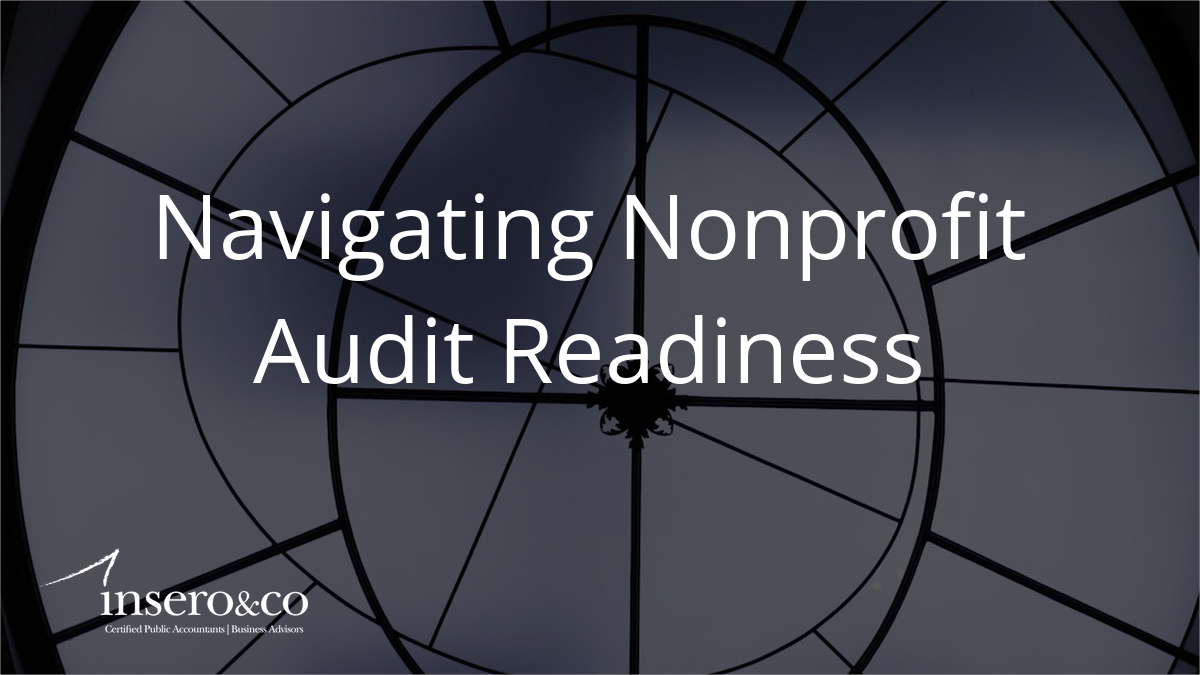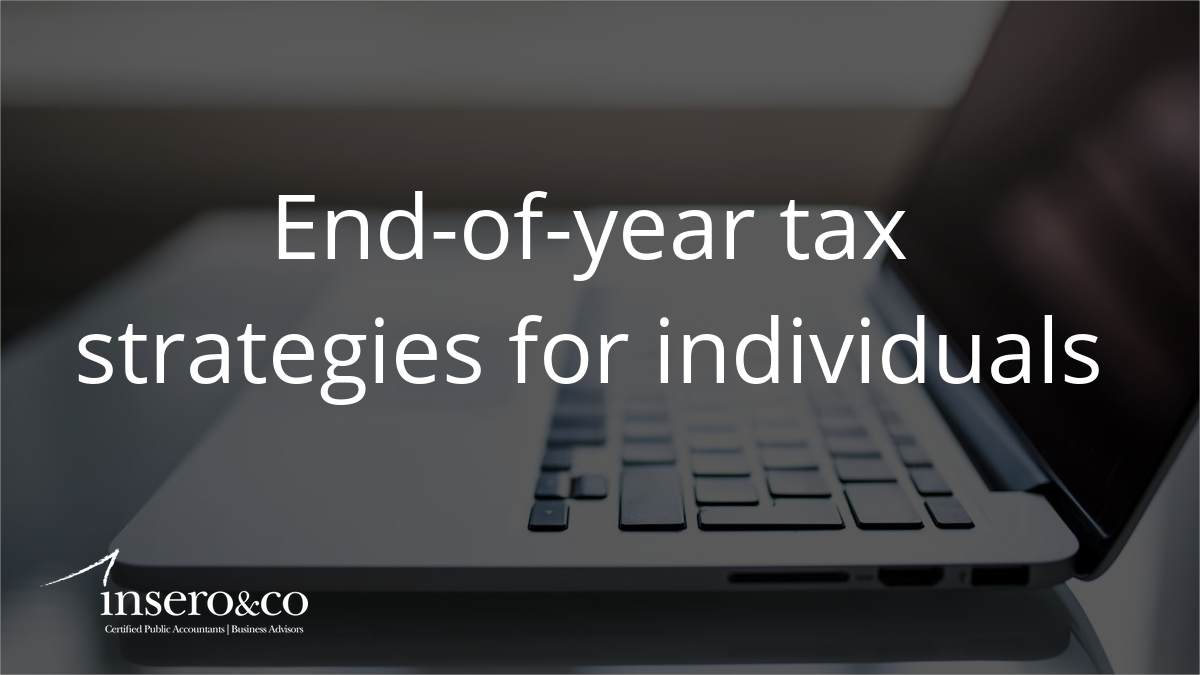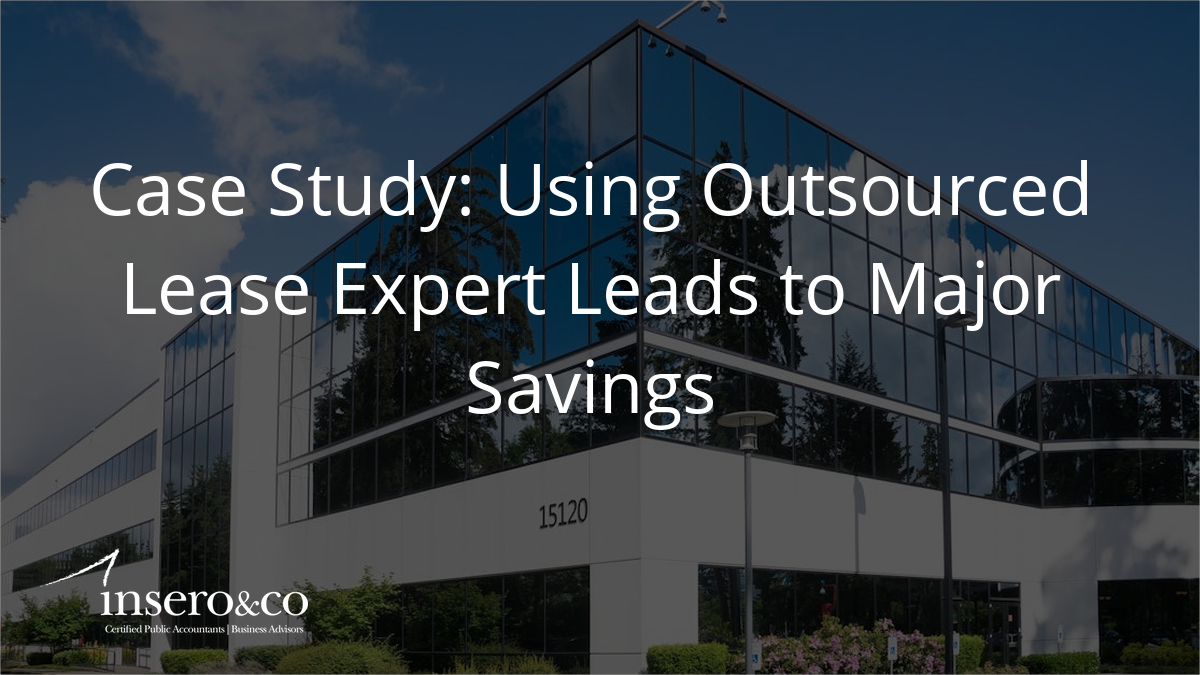ARTICLE | January 25, 2024
While approximately 10,000 baby boomers retire every day, businesses do not have to helplessly watch their experienced workers ride off into the sunset.
Thoughtful compensation and benefits planning for aging workers and next-generation leaders helps organizations smooth transitions while preserving institutional knowledge and other differentiators.
“Challenges due to retiring workers are neither a surprise nor sudden, but many companies take for granted how many considerations there are and how they’re going to effectuate change,” says Anne Bushman, an RSM US LLP partner and leader of the firm’s Washington National Tax compensation and benefits group. “An organization that thinks through its pain points and transitionary goals can prioritize action items.”
Retiring workers present challenges that are not disappearing anytime soon. The youngest of the 78 million Americans born between 1946 and 1964—the baby boomer generation—are reaching traditional retirement age. As baby boomers continue their exodus from the workforce, companies are navigating foundational succession planning issues that affect their sustainability and success.
The prevalence of the challenge shows in data from an RSM US Middle Market Business Index survey. In the poll of 403 senior executives conducted in October 2023, 93% of respondents said they anticipate some degree of difficulty in their staffing plans over the next 12 months due to their aging employee base. This is up from 90% in the same period in 2022 and 88% in 2021.
As Bushman points out, because employers know how old their employees are, they can clearly foresee how problematic the issue could be for their organization. This helps crystallize the value of designing compensation and benefits offerings to support succession planning.
In many cases, effective structuring depends on being proactive. With that in mind, she suggests the following four best practices:
Closely examine the preferences of who’s exiting and who’s filling the vacuum
These two sets of stakeholders are distinct but also interconnected in the context of succession planning.
For example, companies have an interest in retaining workers in both groups—older workers as leaders and mentors to ease the transition, and younger workers to preserve the company’s knowledge, culture and investments in professional development.
However, retention incentives will differ for those respective groups. For instance, phased retirement programs and deferred compensation arrangements may be effective for more experienced workers, while performance incentive plans and fringe benefits may keep younger workers developing within the company hierarchy rather than looking for a new employer.
Cultural and psychological factors are at play for both groups as well. Structuring effective compensation and benefits offerings requires an understanding of what each group wants and values.
“We hear a lot of companies say they want their next generation of leaders to buy into ownership, but those rising workers don’t want the ownership their predecessors have,” Bushman says. “So we have to explore other opportunities, and it may require a mindset shift of the company itself to realize things have to be done differently.”
Balance the certainty that established offerings provide with the flexibility required to keep them valuable
Employees want to know what compensation and benefits offerings are in place, and they want to understand them. If they don’t comprehend them, or don’t trust their longevity, then they won’t value them, Bushman says.
On the other hand, if a company locks itself into a long-term offering—such as equity plans held until retirement—and the value of the entity skyrockets, the company’s ability to fund the plan may be jeopardized.
Reassessing succession planning goals and related compensation and benefits offerings regularly—perhaps every five years—can help a company ensure the longevity of those offerings and effectiveness in reaching organizational objectives.
“We hear a lot of companies say they want their next generation of leaders to buy into ownership, but those rising workers don’t want the ownership their predecessors have. So we have to explore other opportunities, and it may require a mindset shift of the company itself to realize things have to be done differently.”
Anne Bushman, Partner, RSM Washington National Tax
Prioritize succession planning objectives with a comprehensive strategy
It’s common for organizations to turn to succession planning only after they conceive a tactic or offering, and even then they have a narrow focus such as minimizing tax obligations.
Bushman cautions not to let taxes drive strategy. Instead, a company that has clearly thought through its succession planning needs and objectives can work with an advisor to structure a compensation and benefits program that balances costs with desired outcomes.
“Make business decisions first, not tax minimization first,” Bushman says.
When a range of business functions work together in structuring compensation and benefits offerings—including finance, human resources and tax—a company can focus more clearly on the big picture.
Beware of the creativity trap
Compensation and benefits offerings have tax or legal parameters, but there is often significant room for creativity in structuring incentives. In fact, the possibilities may seem endless—but that’s not necessarily a good thing.
“You can make a long-term incentive plan way more complex than it needs to be,” Bushman says.
When a company understands the workforce issue it needs to prioritize, it can identify the easiest route to reaching that goal while avoiding unintended consequences.
The takeaway
Retiring baby boomers are central to an ongoing demographic shift in the American workforce. Companies can minimize how this workforce exodus negatively affects them by conducting thoughtful succession planning that features strategically designed compensation and benefits packages.
By working with an experienced advisor, a company can zero in on its business objectives by effectively incentivizing employees across generations and minimizing the associated costs and risks.
Let’s Talk
Fill out the form below and we’ll get back to you to discuss your specific situation.
This article was written by Anne Bushman and originally appeared on 2024-01-25. Reprinted with permission from RSM US LLP.
© 2024 RSM US LLP. All rights reserved. https://rsmus.com/insights/services/business-tax/how-compensation-and-benefits-planning-can-help-you-navigate.html
RSM US LLP is a limited liability partnership and the U.S. member firm of RSM International, a global network of independent assurance, tax and consulting firms. The member firms of RSM International collaborate to provide services to global clients, but are separate and distinct legal entities that cannot obligate each other. Each member firm is responsible only for its own acts and omissions, and not those of any other party. Visit rsmus.com/about for more information regarding RSM US LLP and RSM International.
The information contained herein is general in nature and based on authorities that are subject to change. RSM US LLP guarantees neither the accuracy nor completeness of any information and is not responsible for any errors or omissions, or for results obtained by others as a result of reliance upon such information. RSM US LLP assumes no obligation to inform the reader of any changes in tax laws or other factors that could affect information contained herein. This publication does not, and is not intended to, provide legal, tax or accounting advice, and readers should consult their tax advisors concerning the application of tax laws to their particular situations. This analysis is not tax advice and is not intended or written to be used, and cannot be used, for purposes of avoiding tax penalties that may be imposed on any taxpayer.




